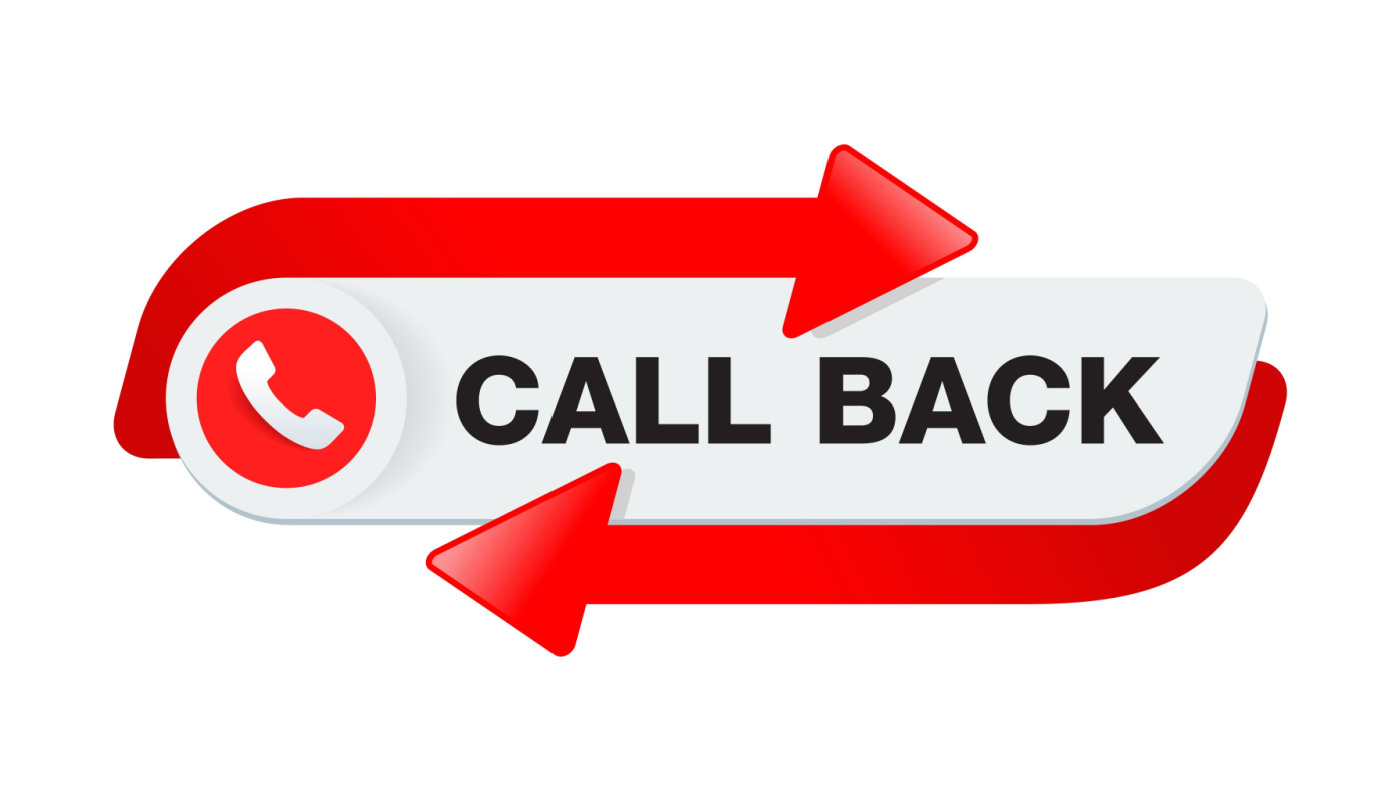Sometimes, it doesn’t matter how many steps we take to smooth out the process, from when a customer calls our call center to when they get on with an agent. It doesn’t matter that the IVR is easy to navigate and gets them on track to speak to the exact right person who can help with their problem. It doesn’t matter that we provide updates on wait time or the customer’s place in line, or that we have them enter basic information ahead of time so that they don’t have to go over it once they are speaking with an agent. Sometimes, none of this matters because the customer simply doesn’t want to wait on hold.
In these situations, being able to offer a call-back is an excellent option and an instant route to increasing customer satisfaction. Waiting on hold is often the top complaint that customers have about dealing with call centers, so offering the possibility of getting a call-back instead completely eliminates this problem.
Providing call-backs also supports and benefits the agents in your call center. Most call centers have variable call volume, with spikes on certain days or at certain times of day and lulls at others. Some companies react to this by increasing staffing in their call centers, but that can result in too many people being on during low volume times and potentially spending more than necessary on staffing. But giving agents the option to schedule call-backs means that they can essentially move calls from high-volume times to low-volume ones, simultaneously decreasing their stress during spikes and filling in the time during lulls. This can also serve to reduce agent burnout, which plays a big role in the high rates of turnover in call centers. If agents know that they aren’t going to be bombarded with calls during daily spikes and can instead defer some to lower-volume times, it’s going to improve their experience.
All that said, there are a few factors to consider when setting up call-backs in your call center software. With CallShaper, agents have the ability to schedule call-backs with customers. In many cases, this is preferable to using an algorithm that determines when a call-back is made, as sometimes these can be timed incorrectly and result in customers waiting on hold after the call-back has been placed if it is done too soon. On the other hand, call-backs can be scheduled too late, which can defeat the purpose of using a lull in call volume to handle call-backs. With CallShaper, the agent has the ability to make the call-back when it is most convenient for both the agent and the customer.
Likewise, you may want to consider how long into waiting on hold you give the customer the opportunity to select a call-back. If you do it too soon, you might get too many people taking you up on the offer and the volume-optimization strategy can backfire. But if you do it too late, you might have customers who give up and hang up before getting any sort of help, which is never good for customer satisfaction. Experiment with timing to determine what works best for both the agents and the customers.
When applied correctly, offering call-backs can be a boon for both your customers and the agents working in your call centers. To learn more about this feature and the many others that CallShaper offers, schedule a demo today.


Leave A Comment